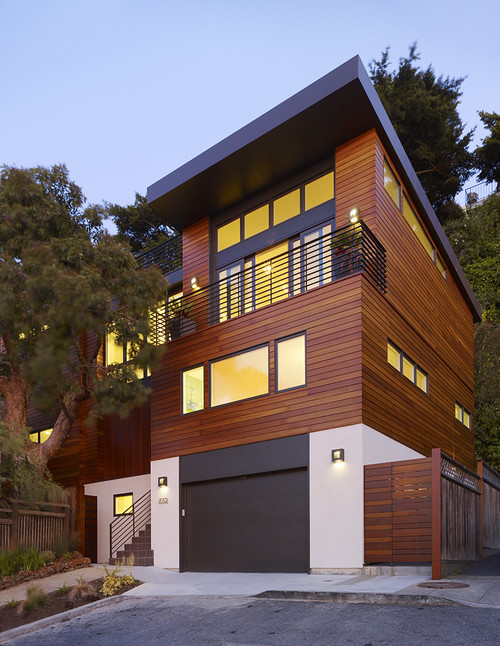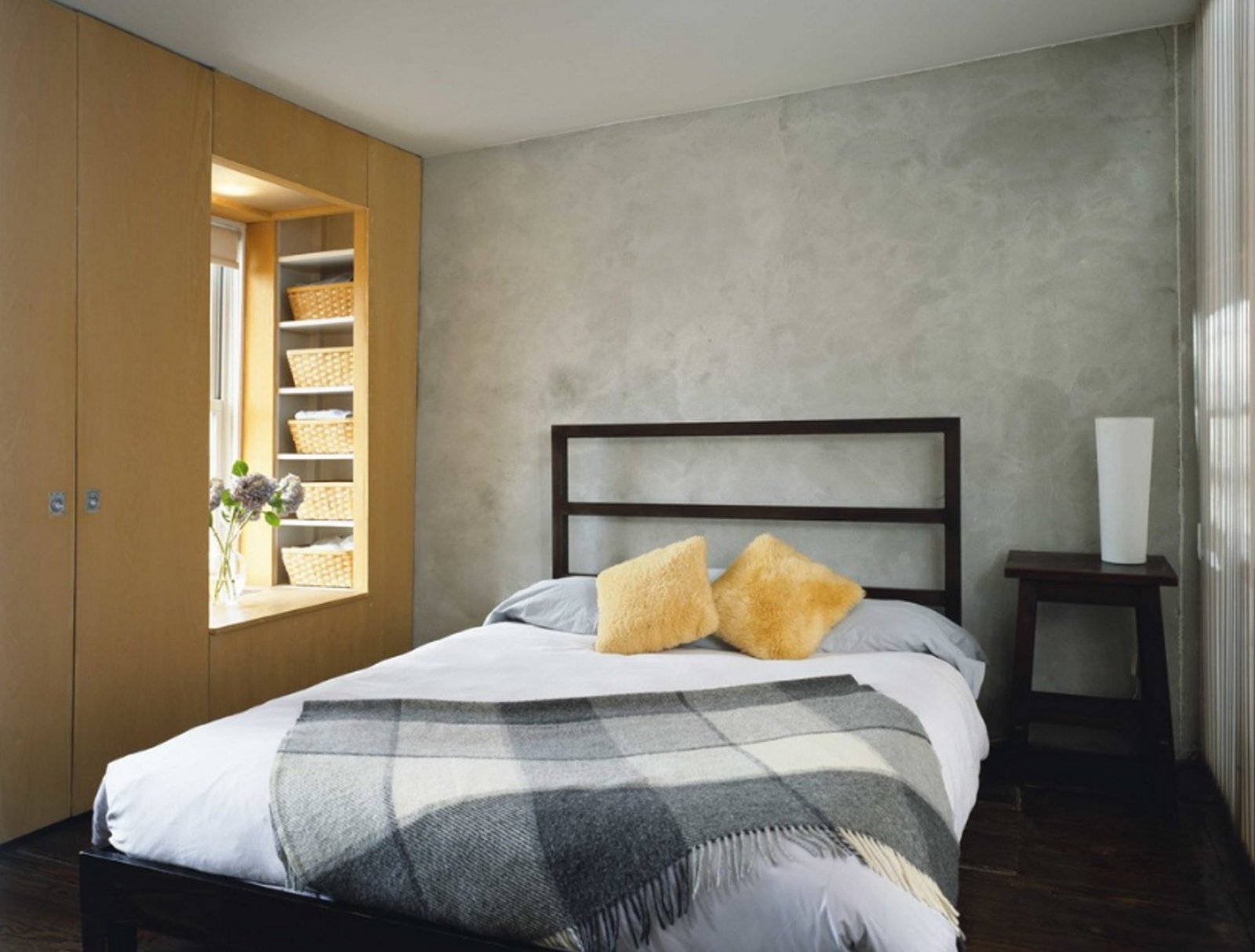The element that gives beauty and uniqueness to a façade is ultimately, the exterior finish. There are countless combinations of colors and architectural elements that can transform a façade into a true artwork.

Photo by John Maniscalco Architecture – Discover exterior home design inspiration
Limewater: The oldest type of finish for the façade and which was extensively used was limewater. It was very easy to apply, fairly inexpensive, but has a lower resistance over time, and a very small range of colors.
Silicate-based paint: Silicate-based paint is used to decorate and protect the facades of new construction, in restoration of old buildings, including those of historical value and to protect surfaces where is possible to occur capillary humidity.
Silicone based paints: Silicone based paints are the newly emerging solutions for finishing facades. Their main advantage is that it can be applied on any surface.
Acrylic paints: Acrylic colors are made from different types of polymers and are among the most popular facade paints. Acrylics are very durable and offer a huge range of tones and nuances. In addition, they are an effective option for cement walls that are exposed to corrosion.
Granular plaster: Granulated decorative plaster is also ideal for façade and is very easy to apply. You don’t need a professional for a “lumpy” look. To achieve the special effects for the façade, you need a fine granular coating that can be easily modeled.
Façade plastering: Façade plastering are divided into several categories.
– Depending on the composition can be mineral silica, acrylic or silicone.
– Depending on grain size, façade plastering is 1 mm, 2 mm, 3 mm, etc.
– Depending on the type of material, it can be a dry mixture, or a mixture ready for application.
Wooden facades: Wooden facades need for specific finishes otherwise they will get a bad color and will be attacked by insects. Painting or staining a wooden façade can be done only at positive temperatures, and if humidity is less than 80%. The first step is the perfect cleansing of the façade of dust or cobwebs. Then the surface is covered with a special mixture that is antiseptic and insect.
When choosing paint for wooden façade make sure that it is resistant to environmental factors and atmospheric changes. It may seem unbelievable but the entire housing durability depends on the paint strength to sunlight, rain, wind and temperature fluctuations.
Oil based paints for wood facades are not sufficiently protective, even if at first glance appear to be most suitable for these facades. Many experts say those obtained by combining substances alkyd oils, organic acids and alcohol are among the most effective. By changing the concentration of these compounds you may increase one or another compound characteristics. For example, if you use a larger amount of oil, the paint becomes more elastic and dries hard. Emulsions that are based on polyvinyl acetate or alkali are more flexible and offer increased protection against insects and fungi characteristic of wood facades.
Other Façade Types: If you want to have a truly impenetrable façade you can use other materials, but they are more expensive than traditional ones.
Anyway, regardless of the façade you want, before investing in finishing would be best to seek advice from specialists in the field. After all, besides the façade is the one that creates the whole aesthetic of the house it is also, the one that guarantees the sustainability of the whole house, and the health of internal environment and thus health of your family.
Harmony and Bravery in Choosing Colors for the House Facade (howtobuildahouseblog.com)


